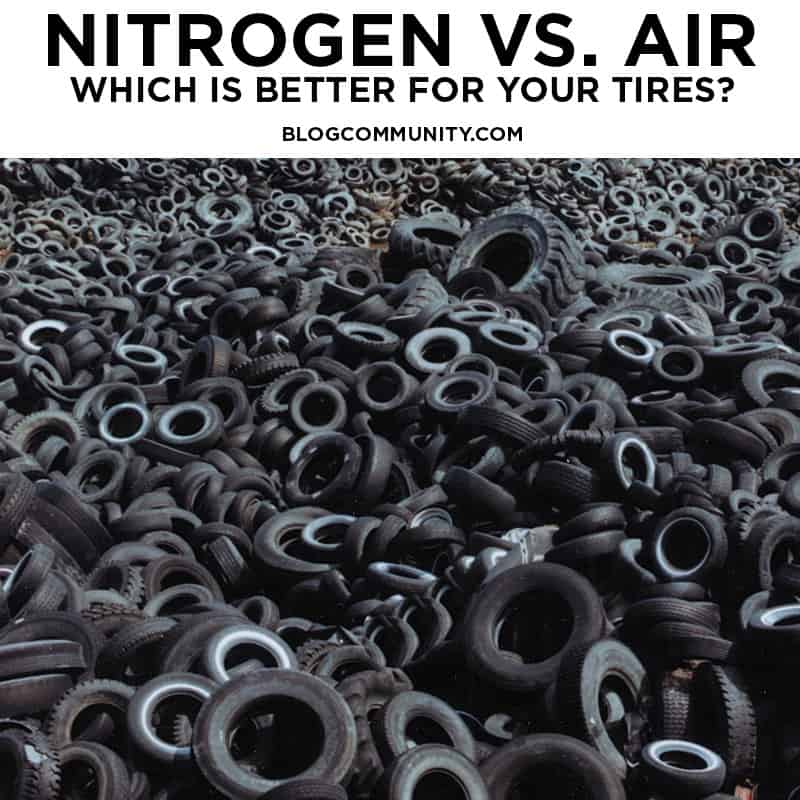Is Nitrogen or Air Better for Tires
Have you heard the new tire pressure tip – using nitrogen instead of air in our car tires? Does this make you wonder why are we so concerned with what is in our tires and where this came from? Well the air pressure in our tires is one of the most over looked maintenance items since self serve gas station came into our busy schedules. Proper tire pressure is the one thing we can do – for free – to get the best fuel economy in our cars and trucks of all sizes. If your tire pressure is low it causes a rolling resistance between the tires and the road which in turn causes poor fuel millage.
Tire pressure fluctuates up and down with the changing temperature. When the tire temperature is hot the tire pressure is higher, and when the tire temperature is low the tire pressure is lower. Since this is a normal occurrence it is best to inflate your tires when they are cold assuring that they are always at the proper level.

Now why are we supposed to use nitrogen in our tires?
The molecules that make up Nitrogen are larger than the molecules in air, meaning the Nitrogen molecules will not seep out of our tires as fast as regular air molecules. This technology has been around for years and is highly used in the racing industry, because their tire pressure varies greatly in a short amount of time. Using Nitrogen helps stabilize the tire and the handling of the race car, but for your everyday drivers, it really does not have that much of an effect.
It is true that the nitrogen molecules are larger so they will not seep out as fast, but the air we put in our tires is 78 percent nitrogen and 22 percent oxygen, so the majority of our tire filler is already nitrogen. With the average amount of wear and tear we place on our daily drivers, this air is all we need.
In short, there are some positives in choosing nitrogen instead of air but, it is an expensive, unneeded alternative to good ol’ gas station air.
More on Automotive Technology:








